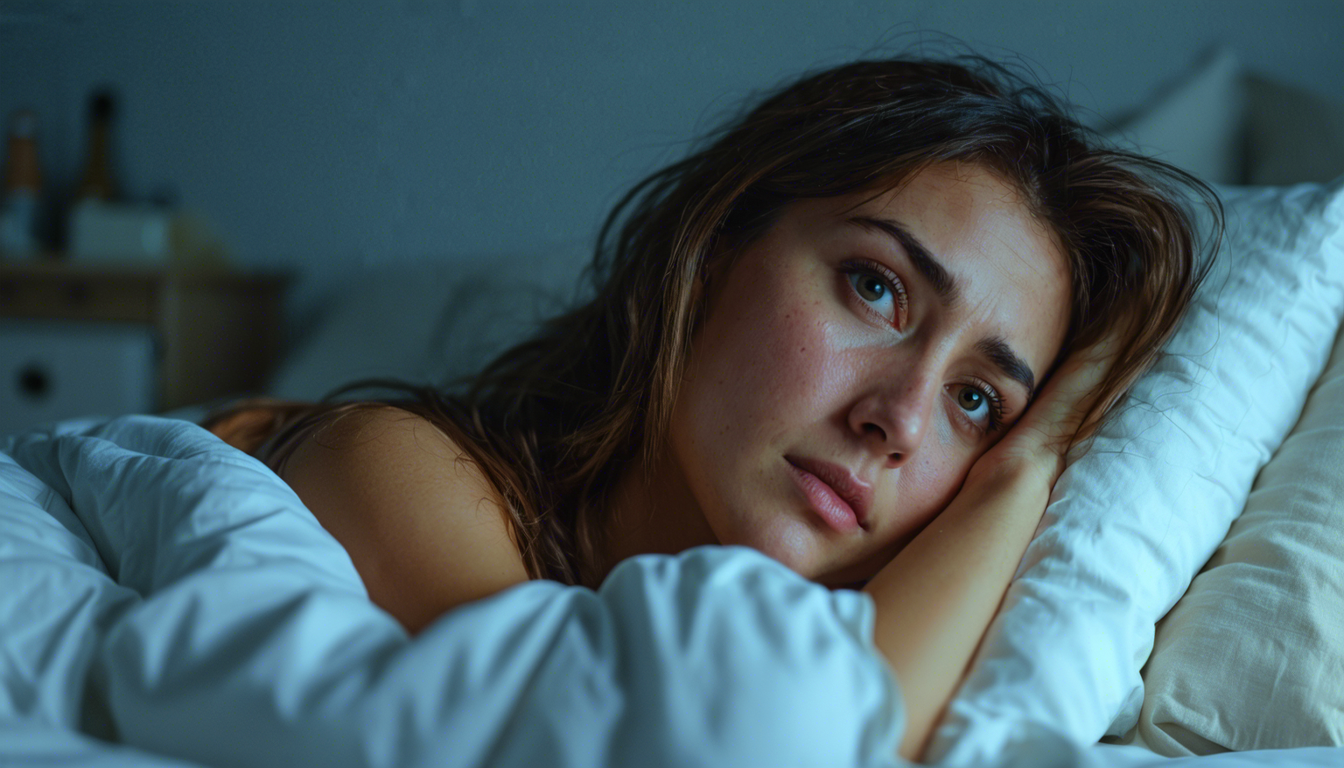4 Habits to Unlock Creativity: From The Daily Routines of Famous Creatives

4 Habits to Unlock Creativity: From The Daily Routines of Famous Creatives
Creativity is a mysterious force that drives artists, writers, and thinkers to create works that captivate the world. But what is the best daily routine to unlock creativity? Is there a secret formula that these creative geniuses follow? In this article, we'll explore the daily routines of famous creatives and offer some suggestions that might help you tap into your own creative potential.
Modern suggestions for optimizing creativity often revolve around concepts like "deep work" and "atomic habits." Interestingly, many of these ideas can be traced back to the routines of famous creatives throughout history. Mason Currey's book, "Daily Rituals: How Artists Work," provides a fascinating glimpse into the daily routines of 161 "inspired minds." RJ Andrews from InfoWeTrust has taken 16 of these notable creatives and visualized their daily routines in a captivating grid of donut charts.
Dividing the day into 24 hours, Andrews categorizes activities such as working creatively, sleeping, and miscellaneous endeavors like meals, leisure, exercise, and socializing. For those who had day jobs, their ordinary labor is also accounted for in the miscellaneous activities.
The breakdown of the daily routines reveals interesting insights. The average and median amount of time spent on creative work among these individuals was just over 8 hours a day. However, there were notable differences in how they allocated their creative work time. Maya Angelou's routine resembles the modern workday, with the bulk of her writing happening between 7 a.m. and 2 p.m. On the other hand, Immanuel Kant and Wolfgang Amadeus Mozart had blocks of creative time before and after their teaching jobs.
There are outliers like Honoré de Balzac, who dedicated a staggering 13.5 hours daily to creative work, and Victor Hugo, who only spent 2 hours on creative endeavors. These unique routines highlight the individuality of each creative mind.
Despite the variations, one common thread emerges: successful creatives prioritize scheduling time for creative work. The perfect daily routine is not based on an arbitrary amount of work but rather on what fits with their lifestyle and bodies. Night owls work late, while others find time outside of commitments. They also make room for movement and enjoyment in life. Many of them engage in exercise or schedule social time with loved ones, often paired with a meal.
Beyond the specific routines, there are valuable lessons to be learned. The daily routines of history's most creative minds remind us that ordinary routines can lead to extraordinary work. Let's delve into four key rules that emerge from their experiences:
Be a morning person: While successful night owls exist, the majority of famous creatives were early risers. Starting the day early, like Mozart or Georgia O'Keeffe, provided uninterrupted time and a fresh mind. Finding your ideal waking time and sticking to it consistently can help you establish a productive routine.
Don't give up the day job: Many creatives thrived on fitting their creative pursuits around the edges of a busy life. William Faulkner wrote between shifts at a power plant, while TS Eliot balanced a day job at a bank with his poetry. Limited time can focus the mind and instill discipline.
Take lots of walks: Walking, especially in natural settings, is associated with increased productivity and creativity. Composers like Beethoven and Tchaikovsky swore by their daily walks, finding inspiration in the movement and the separation from distractions.
Stick to a schedule: Regularity and routine were key components of many creatives' success. Establishing a fixed schedule for creative work, as recommended by Auden, can help overcome decision fatigue and maintain focus. Setting aside specific






